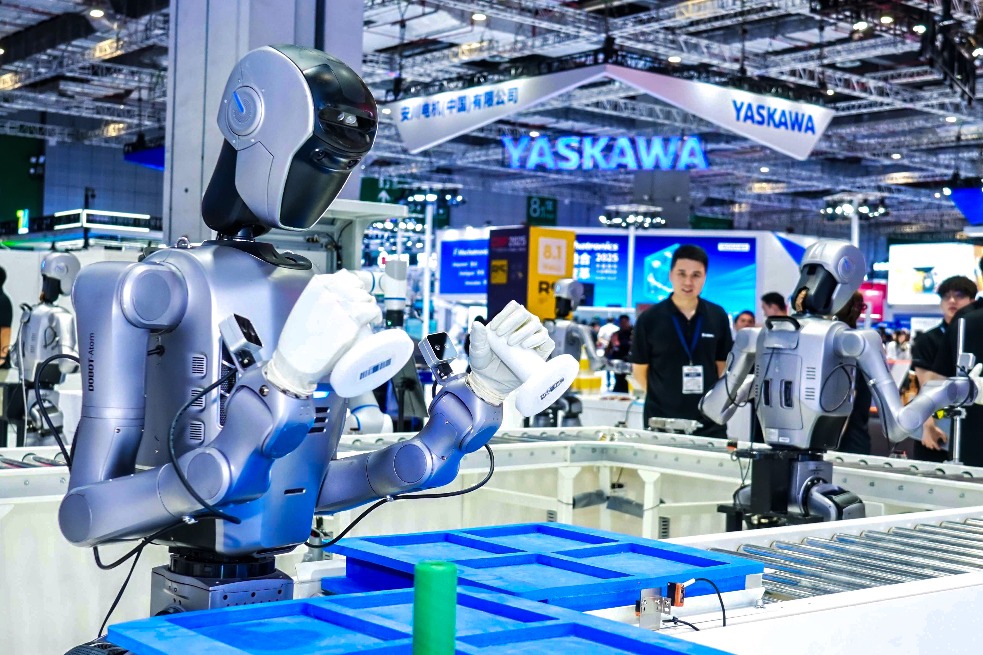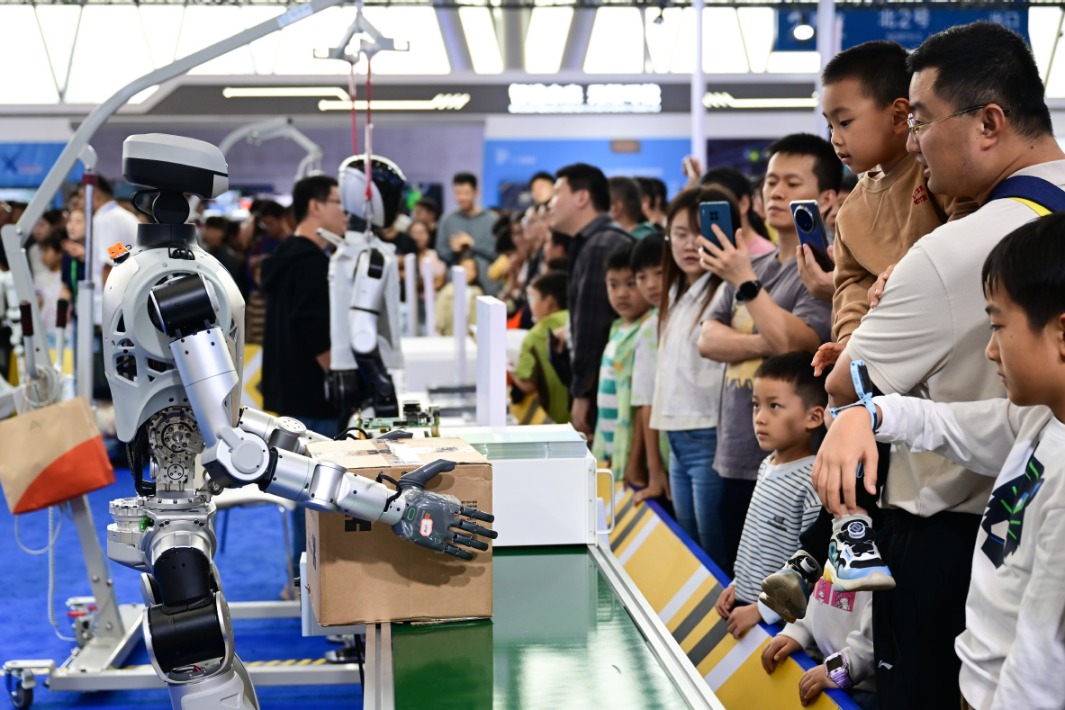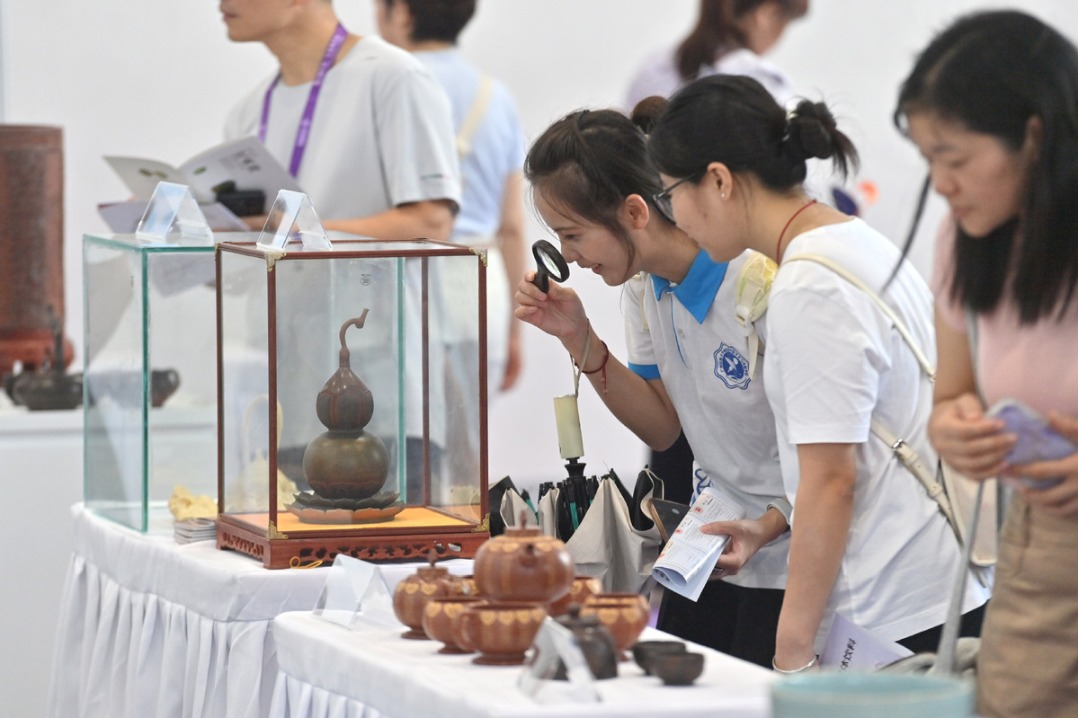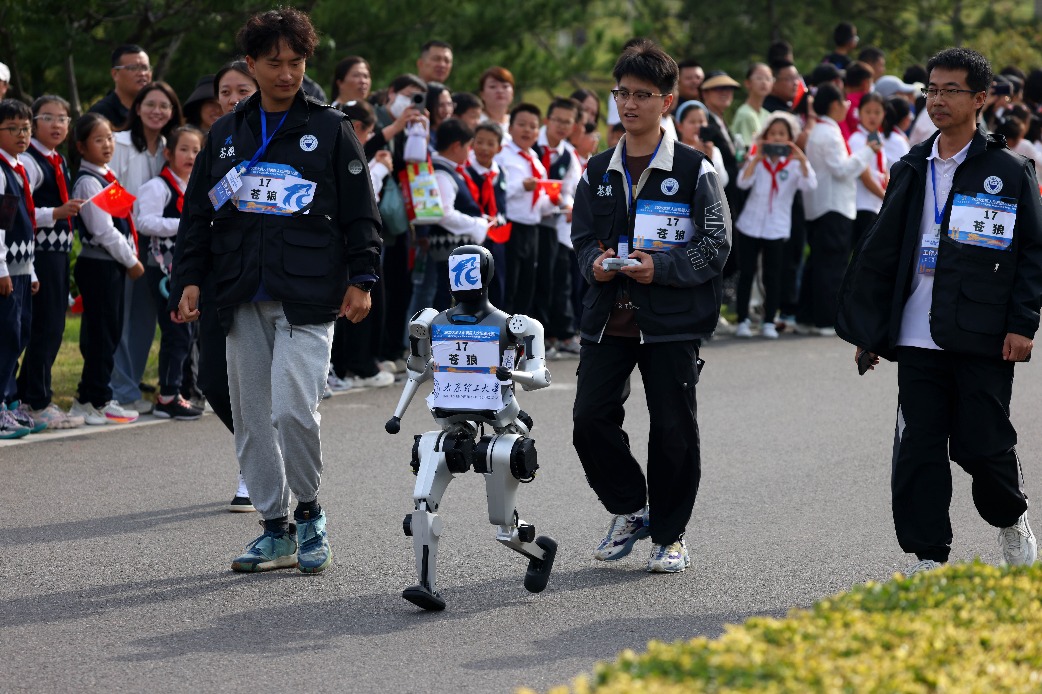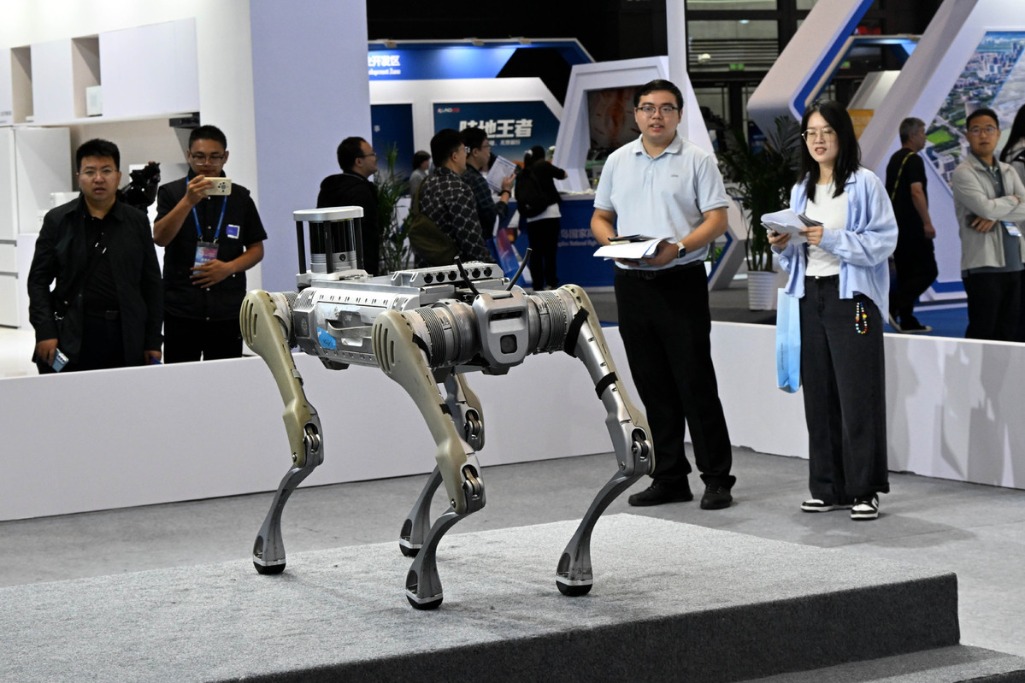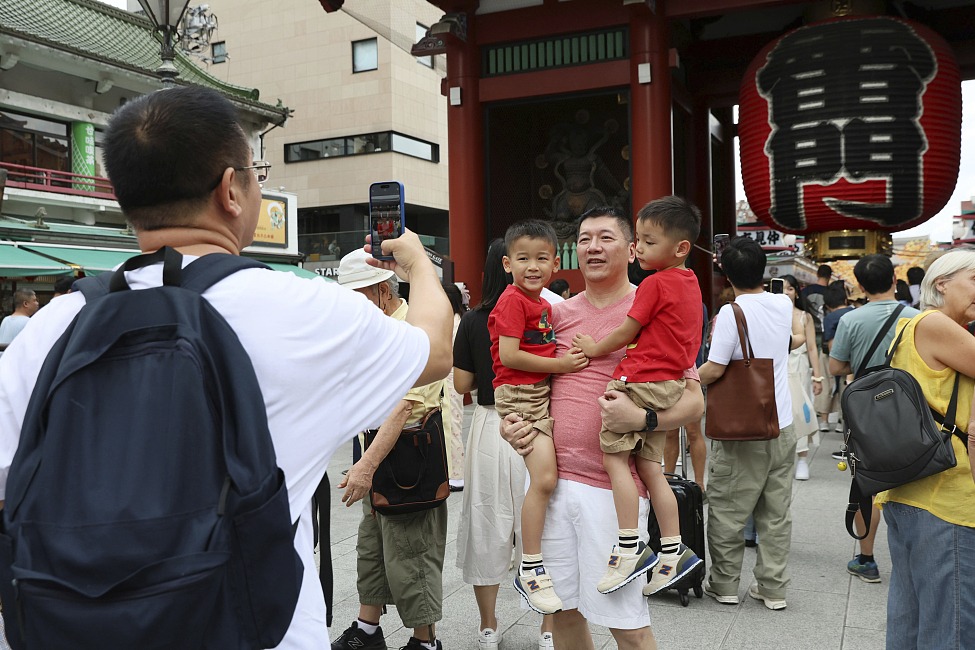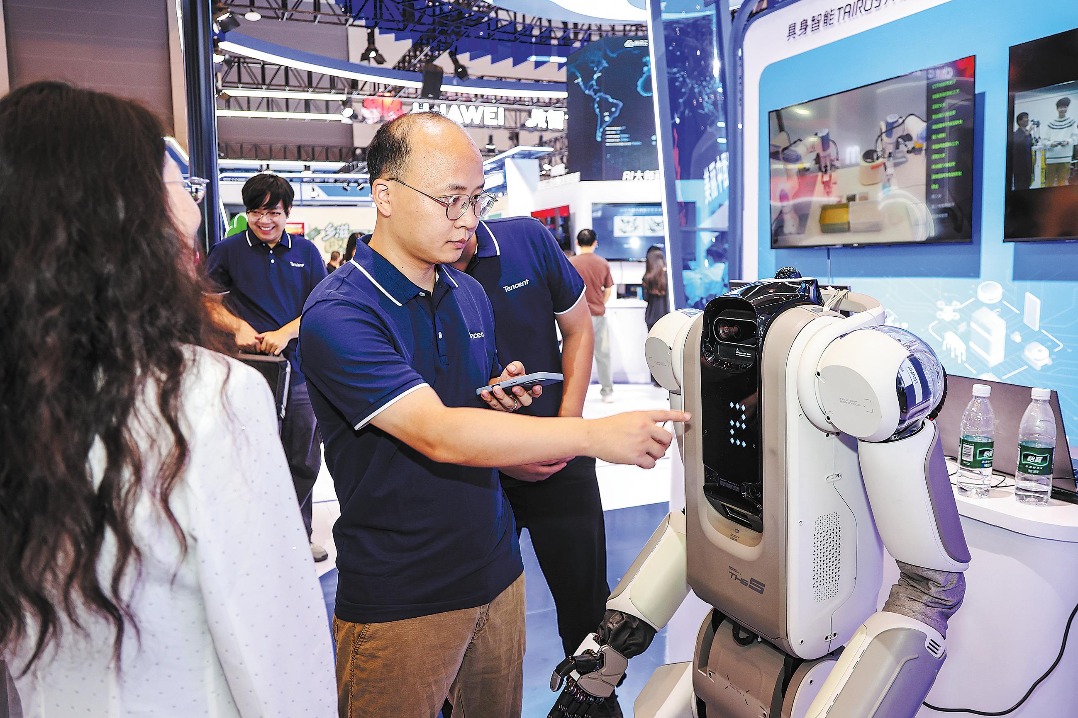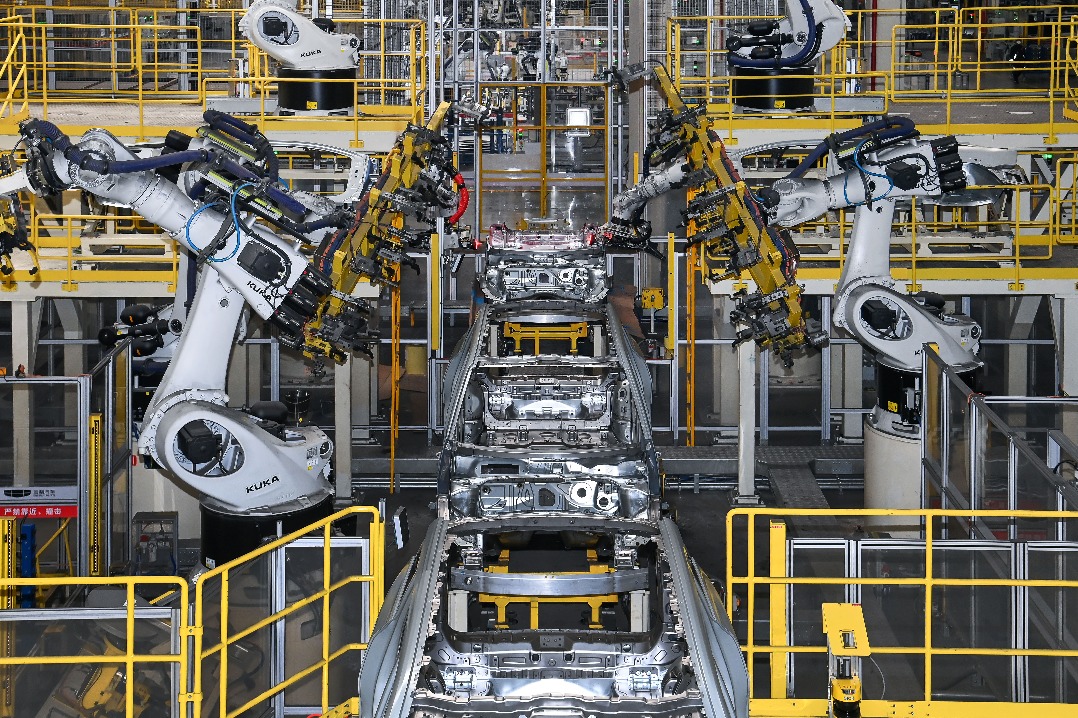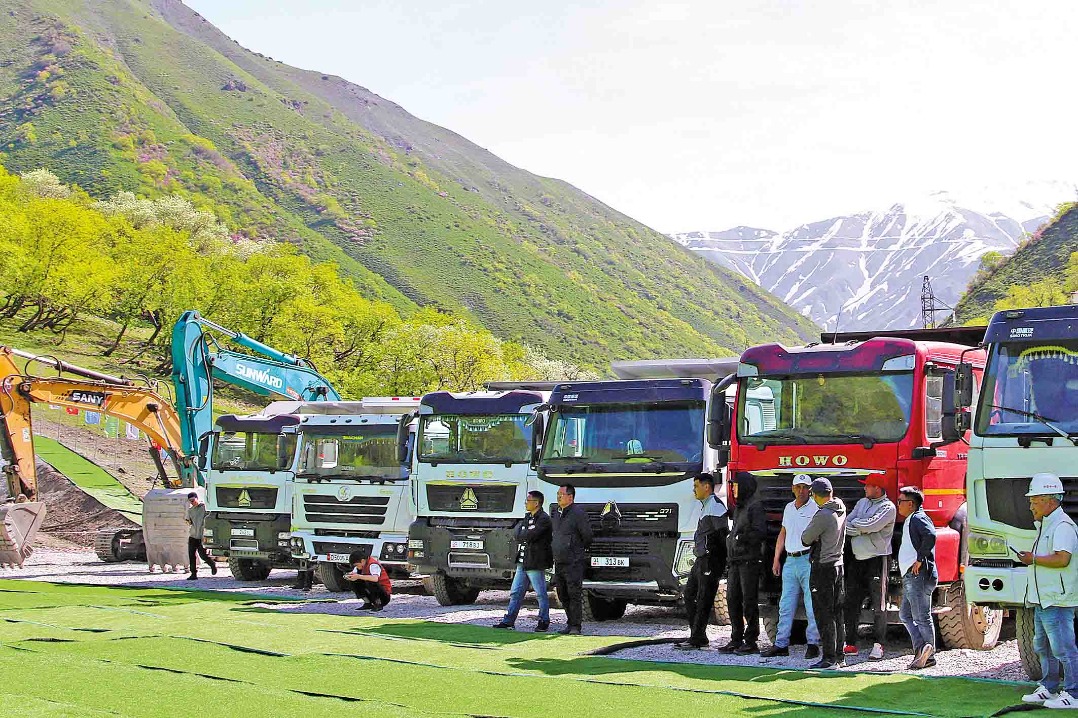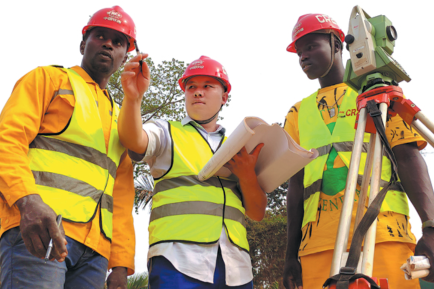8-day holiday showcases robust economic vitality

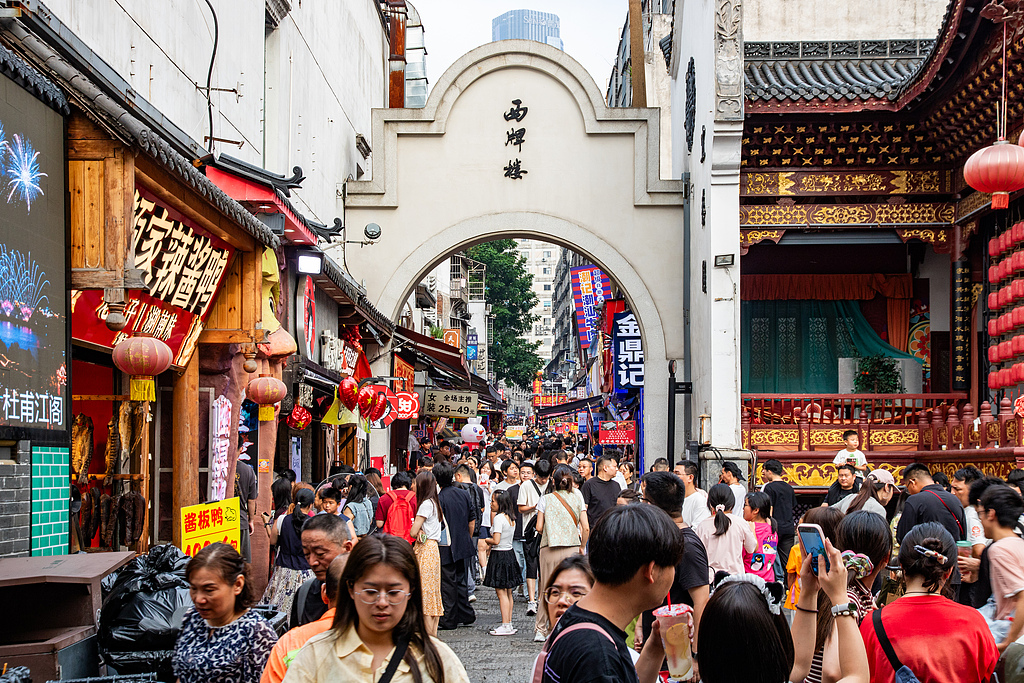
BEIJING — The 2025 "super golden week", combining the National Day and Mid-Autumn Festival holidays, demonstrated China's vibrant consumption and sustained economic momentum, underscoring the country's transition toward high-quality development.
Cultural push
Across China, the synergy between cultural enrichment and economic growth is becoming increasingly evident.
In Shanghai, the historic Customs House building now features an extended-reality experience, enabling visitors to explore the past, present, and future of the Bund.
In Beijing, Shougang Park hosted the World Table Tennis China Smash, with over 88,000 tickets sold, blending industrial heritage with modern sports culture.
In a village deep within a mountain in Nanjing, capital of Jiangsu province, Xiangtang has reinvented itself as a tranquil retreat. Its rustic cottages, cafes and campsites attract urban visitors seeking a slower pace of life.
By building a cultural brand, local products like gardenia flowers now sell at a premium, and creative goods generate nearly 5 million yuan ($703,680) in annual sales for the small community.
According to Fliggy, a leading online travel agency, bookings for rural homestays during the holiday season increased by over 40 percent year-on-year, reflecting a growing preference for immersive and personalized travel experiences.
"Cultural tourism is undergoing a shift from sightseeing to lifestyle immersion — a transformation that is reinventing the entire industry chain," said Dai Bin, head of the China Tourism Academy.
Market potential
The long holiday also served as a barometer of China's consumption upgrading, with new business models and scenarios stimulating market vitality.
In Tianjin, a pop-up store themed on a homegrown animated series allowed fans to interact with their favorite characters. "It's amazing to see the fictional world come to life," said Xu Lin, a visitor from Shandong province.
In Huzhou, Zhejiang province, low-altitude tourism — including helicopters, paragliding and hot-air balloon rides — gained popularity, with 16 routes and seven operating sites offered during the holiday.
Meanwhile, smart appliances are driving sales of higher-value home products. Preliminary figures showed that AI smart appliances accounted for 55 percent of Suning's holiday sales. "Shoppers are increasingly focused on intelligence and user experience," said Ma Ye, deputy manager of a Suning store in Beijing.
Policies also played a key role in stimulating spending. On Sept 30, the central government issued the fourth tranche of this year's 69 billion yuan ultra-long special treasury bonds, designated for consumer goods trade-ins. Local authorities also issued consumption vouchers and launched initiatives such as "credit-based travel" to facilitate spending.
New momentum
From major infrastructure projects to advanced manufacturing sites, work continued across the country during the holiday, highlighting China's growth momentum.
In Jinan, Shandong, more than 26,000 workers were simultaneously working on eight metro lines.
In Jilin province, the carbon fiber workshop of Jilin Guoxing Composite Materials Co Ltd operated at full capacity. "Our products are in high demand, with 1.4 million drone blades supplied to a leading manufacturer this year alone," said Wang Le, the company's electrical director.
From the Guangdong-Hong Kong-Macao Greater Bay Area to energy bases on the edge of the Tengger Desert, thousands remained on duty to advance key projects.
As the holiday concluded, the synergy between cultural vitality and economic dynamism, coupled with the perseverance of workers nationwide, offered a clear snapshot of an advancing China steadily pursuing high-quality development.
Xinhua

















